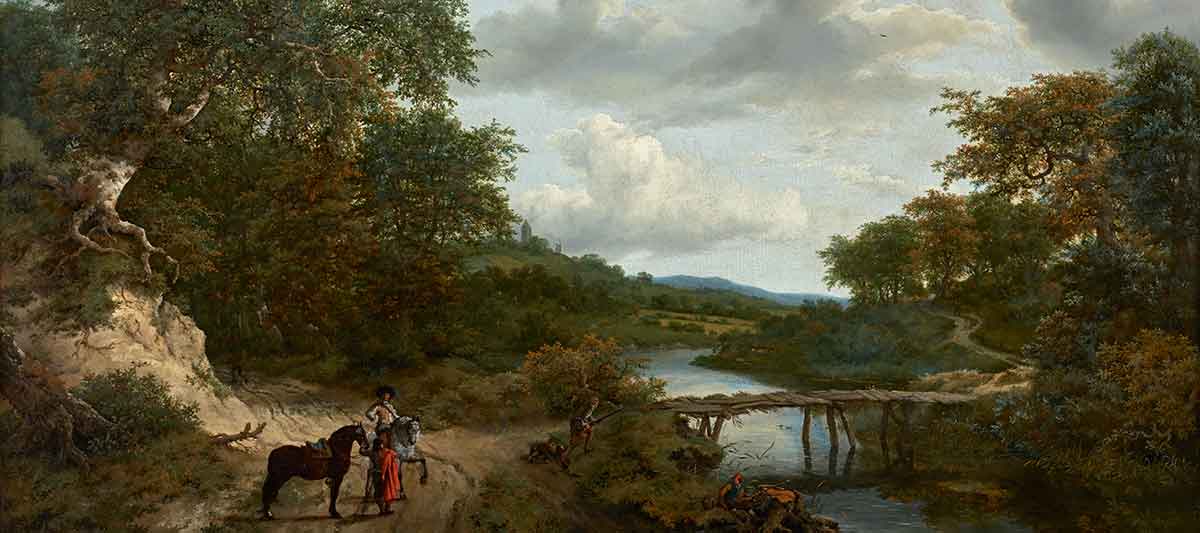The Monuments Men
The Monuments Men were a multinational group of 350 men and women who volunteered for military service in order to protect monuments and other cultural treasures from destruction during World War II. In civilian life, many of them were museum directors, curators, artists, architects, and educators. These dedicated men and women tracked, located, and ultimately returned to their rightful owners more than five million artworks and cultural items stolen by Hitler and the Nazis. Their role in preserving Europe’s cultural treasures was without precedent.
The Frick Art Reference Library in Wartime
The story of the Monuments Men in Europe has become increasingly well known, but few are aware that another group of dedicated art historians were engaged in “the fight for art” on American shores. In 1943, William B. Dinsmoor, a Columbia professor and Chairman of the American Council of Learned Societies, established the Committee on the Protection of Cultural Treasures in War Areas. Made up of thirty volunteer American and European scholars, the committee was charged with creating (and distributing to the Allied armed forces) maps and lists of important monuments to be spared during bombing raids. Headquartered principally at the Frick Art Reference Library, which had been involved in the preservation effort as early as 1941, Dinsmoor’s committee was responsible for coordinating information gathered from myriad sources and compiling it into a master index that listed the historic buildings and important works of art in each occupied country. In 1943 the library closed its doors for six months — the only time in its ninety-three-year history that it has done so — in order to support the committee’s research and generate the photography required to prepare more than 700 maps. Even before the end of hostilities, the Frick staff and its resources also played a vital role in the research needed for the recovery of stolen and looted art, which became a top priority of Dinsmoor’s committee and its parent Washington-based Commission for the Protection and Salvage of Artistic and Historic Monuments in Europe. Indeed, even today, researchers — with the help of the Frick Art Reference Library’s vast resources — continue to piece together information to help reunite works of art and their rightful owners.
The Monuments Men of The Frick Collection

|
Captain Harry Dobson Miller Grier (1914 - 1972)
Director (1964 -1972) |

|
Lieutenant Craig Hugh Smyth, USNR (1915 - 2006)Lecturer/Research Assistant (July 22, 1946 - January 1, 1950) |

|
Andrew Carnduff Ritchie (1907 - 1978)Lecturer/Research Assistant (October 1, 1935 - June 30, 1942) |

|
George Stout (1897 - 1978)Consultant (1937 - 1938) George L. Stout, Head of Conservation at the Fogg Art Museum, served as a consultant for The Frick Collection in late 1937 and early 1938. Stout examined the condition of the 139 paintings then in the Frick’s collection — the first survey of its kind ever conducted at the museum — and made recommendations for future treatment of the works. |
Photos of Ritchie and Smyth courtesy of the National Gallery of Art, D.C.
Photo of Stout courtesy of the Hancock Family.
-
Selections from the Archives
The Frick During World War II

-
Podcast: Helping Save Europe's Art

-
Restituted by the Monuments Men: Jacob van Ruisdael, Landscape with a Footbridge, 1652

Other Resources
World War II Provenance Bibliography
A listing of books and other materials at the Frick Art Reference Library that relate to the ownership of art objects in Europe from 1933 to 1945.


